Cover in games is very important aspect of gameplay. Proper cover placement can encourage map flow, control pacing, provide choices and encourage strategy. Games such as Gears of War, Counter-Strike and Modern Warfare are just a few that focus on good cover placement and concealment importance in their level design.
In the following tutorial we are going to focus on:
- Cover placement
- Types of cover you could use
- High and low cover
- Safe vs risky cover
- How to encourage flow and pacing
- Deliberate use of cover
- Examples of good cover use and common mistakes to avoid
Effective cover placement promotes strategy, pacing and map's flow. If a player has to cover a large open field to achieve an objective, while being wide open for anyone to take a shot at them, there is no strategy or skill involved. It is pure luck if the player makes it to the other side. You want to eliminate luck by focusing to encourage strategy and player's use of skill. Good cover placement encourages the player to move forward, strategically.
Types of Cover
There are various types of cover you could use in your map. The most important principle is cover needs to make sense within the world your map is set in. Theme and location of your level will help to determine what kind of cover to use.
SAFE VS RISKY COVER
Safe Cover is anything that will not be moved, cannot be shot through. As long as the player stays behind it, they are safe until the player moves to be exposed.
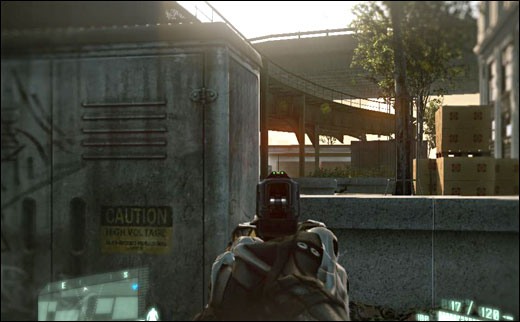

Risky Cover is anything that can be moved, exploded, shot through. This type of cover can be used as a short stopping point in order to move to a better safer spot. The player is taking a risk staying behind temporary cover for too long.

Assault map in Counter-Strike: Source and air vents that can be shot through.
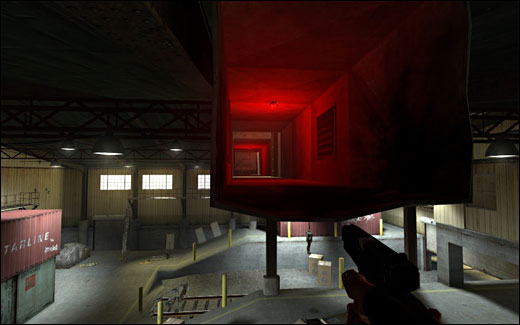
TYPES OF COVER
PROPS: Props are one of the most common ways to create cover. For example if your map is set in urban setting of NYC, few ideas come to mind of what you can use are cars, hot dog stands, kiosks, subway signs, architecture, interior of shops, construction, etc.
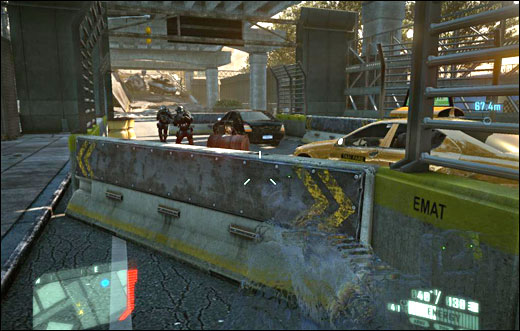
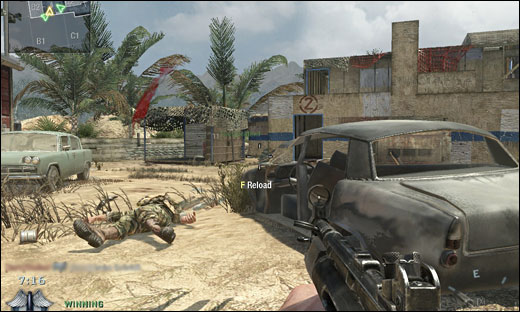
WORLD ARCHITECTURE: using architecture, walls, buildings, columns or any other immovable geometry to create cover. Instead of creating a flat wall, create a wall with variation to provide additional cover.

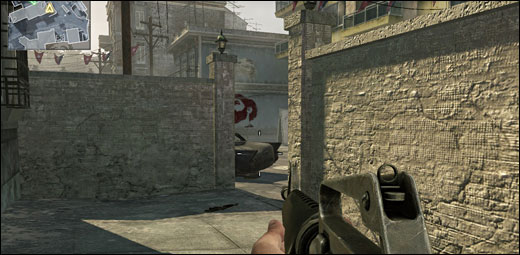
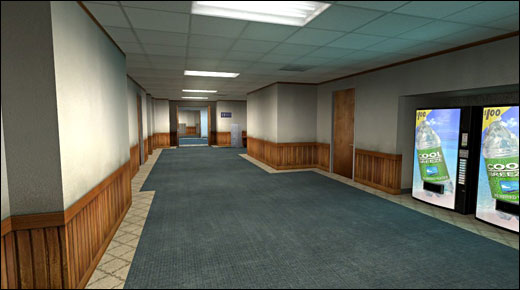
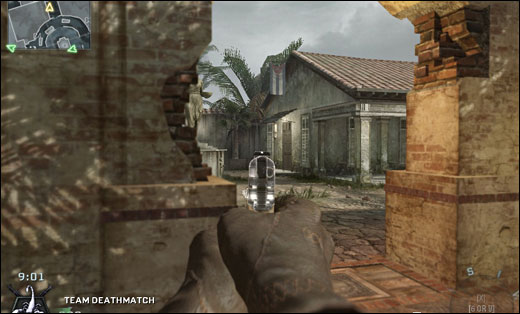
DYNAMIC COVER: dynamic cover is anything temporary or destructible, moved, controlled by physics or map's events. Exploding cars, explosive barrels, doors, breakable crates, boxes, wooden fences etc.
Temporary/dangerous cover makes the player to be continuously on the move. They know if they stay behind a car for too long, the opposing players will use it against them.
Another important part to consider when creating dynamic cover is bullet penetration. Some games such as Counter-Strike, Modern Warfare and Black Ops allow for specific weapons to penetrate certain geometry. If the player stays behind a thin wall for too long, it still puts them in danger.

PAPER THIN: paper-thin cover examples are glass windows, chained link fences, foliage. This is not so much as cover but temporary props that separate the player from oncoming fire. The player is still in danger of being hit but it gives a sense of protection and separation. Even though the separation doesn't provide any protection, it is the perception that is useful. The player is more likely take a chance running behind a set of windows then through an open area, even though it would still take the same amount of damage to take the player out.
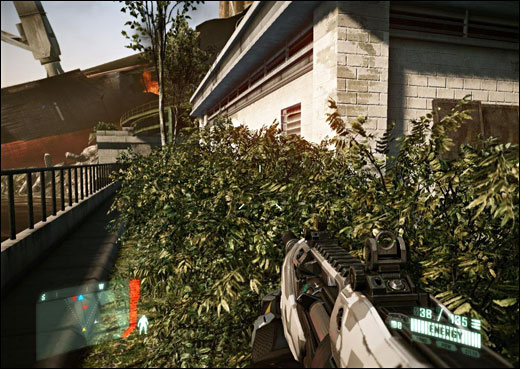
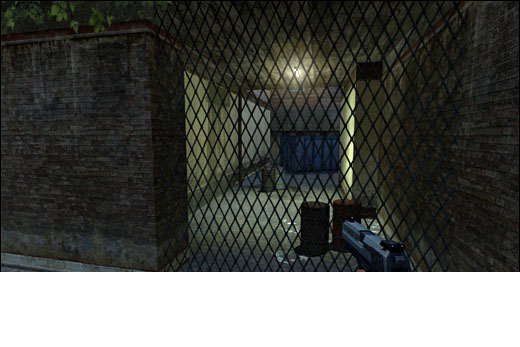
NATURAL ELEMENTS: fog, rain, snow, fire, and smoke. Any natural elements that can provide low visibility for the player to make their move. Natural elements can be across the entire map like fog, or it can have a smaller use range like fire, or smoke.

PHYSICS: certain games allow the ability to pick up objects. Many of these objects can be held and used as cover. In Half Life 2 with use of the gravity gun, the players are able to pick up various props to protect themselves against oncoming fire.
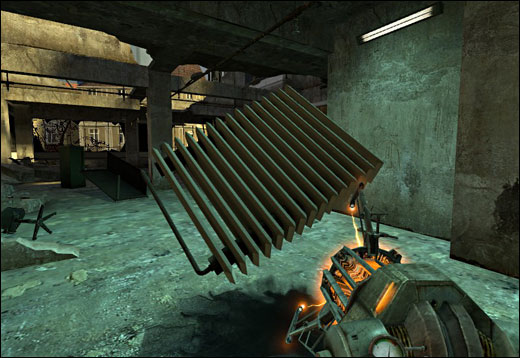
High and Low Cover
High and low cover are any cover elements we discussed previously that allows the player an added depth.
For example high cover could be a wall or prop that player can hide behind, but only allows so many choices to shot from. The player can peak from one side standing, crouch or go prone. The wall is high enough that the player cannot look above it.
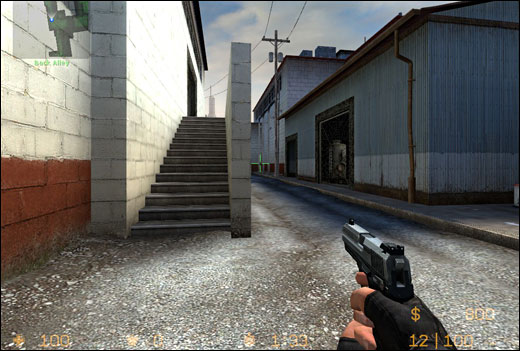
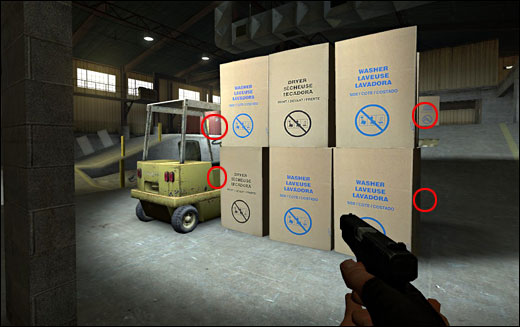
Low cover is a low wall where the player has each side of the low cover as well as any point up above. Low cover allows more points of interaction to peak from. Sides, top and sometimes bottom.
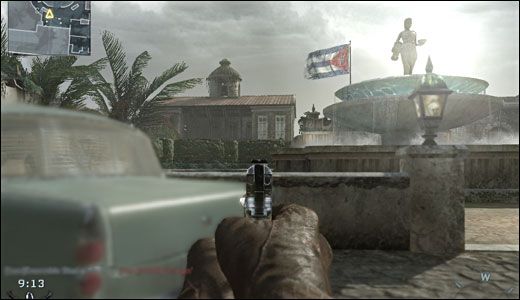
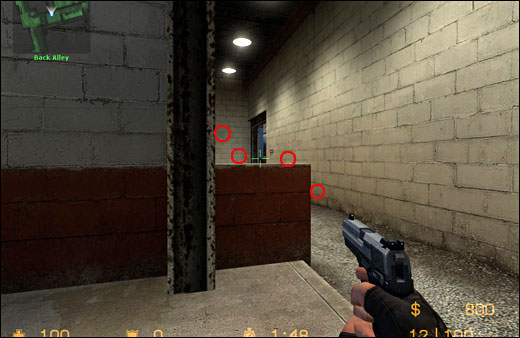


Both have their use. This will be determined by the type of map you area creating. But with low and high cover you have another couple of strategic options in your arsenal.
High and low cover can also be applied to elevation. Height element.
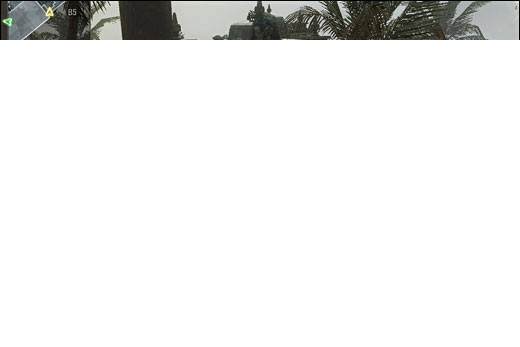

How to Use Cover in Your Level
Define combat areas. This starts with top down layouts. You can successfully plan out how you will use various cover elements in specific combat areas within your map. Planning ahead of time can help you spot possible problems during production. You can plan out map's flow and pacing while designing your top down layouts.
Cover should provide and promote movement for the player thus increasing the flow to your map. Players shouldn't stay in one spot of your map, unless they are defending. Cover encourages the players to move closer to their objective.
De_Dust in Counter-Strike, when you go under the bridge, there are various covers along the way to promote flow from one cover element to another.
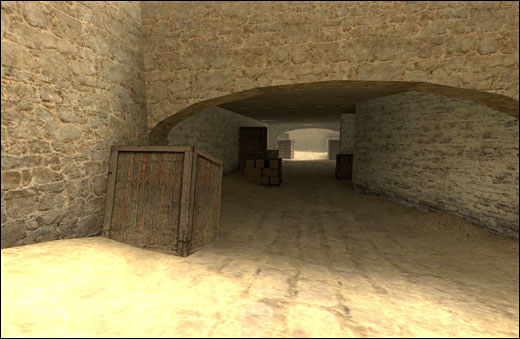

Another good example in Counter-Strike, de_inferno.
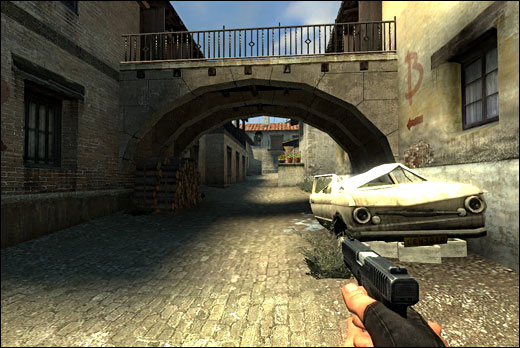

Cover placement needs to have space in between cover point. When the player moves from one covered area to another, you want space of exposure. The players have to open themselves up to be hit when making a run towards another cover point.
In Black Ops Nuketown is a great example. Here are two screenshots showing both sides of how the player usually moves from one cover point to another. You will also notice various types of cover we talked about earlier being used.
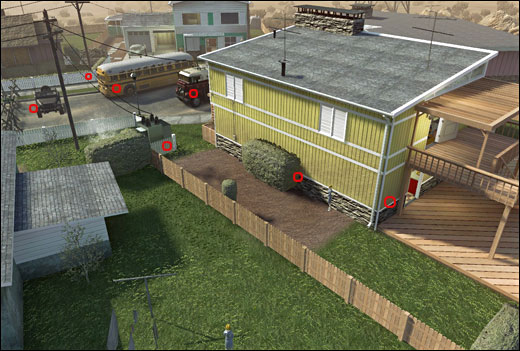
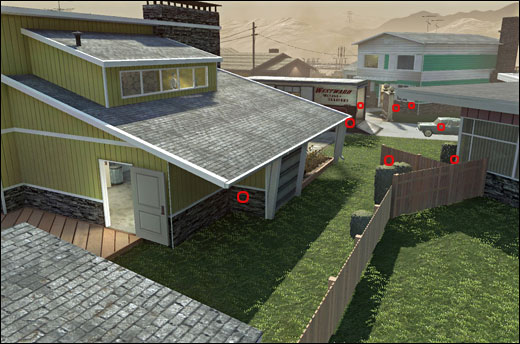
Do not over populate your map or specific areas with cover/props. Adding too many props and cover points can hinder gameplay and encourage camping. Focus on deliberately placing every prop and how it could be used for cover. Don't passively place a prop but think of how this prop can be used for cover. Think of how a given path would be approached by the player. Give them a strategic option on how they want to approach in using the cover.
Too much cover.

Props have multiple purposes in your map, functional purpose, aesthetic purpose and combination of the two. When placing props ask yourself:
- Am I placing this to be used as cover? To detail the world or both?
- Will this hinder gameplay?
- Will this promote flow?
- Will this offer options and strategy?
Remember, to place your prop and cover elements deliberately.
Think of player's line of sight as they look down an area of your map where the enemy/player is coming from. Try to reduce that line of sight with various cover types we talked earlier. You want the player to be able to hide from one cover to another while still being in visible spectrum of another player. You want to eliminate complete surprise of the player hiding and advancing without being seen. If I am actively looking down an area of a map, I should be able to see the player going from one cover point to another. I shouldn't be completely surprised by a player whom I didn't see in front of me, appear behind me. Unless I was not paying attention.
Consistency for cover is very important. If a crate is solid cover in one part of your level, while the same looking crate is destructible in another, it will break the consistency and make the player frustrated. Keep safe and risky cover elements the same throughout your entire map.
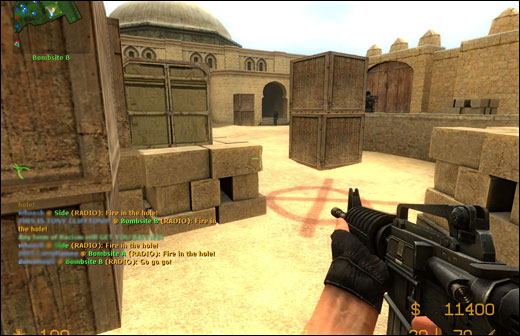
Playtest your map as often as possible. Play with other players, play with bots and watch others play your map. Notice how others are using your cover. During playtesting can you begin to spot and fix problems that have otherwise been missed. Only through playtesting and continuous iterations can your map get better.